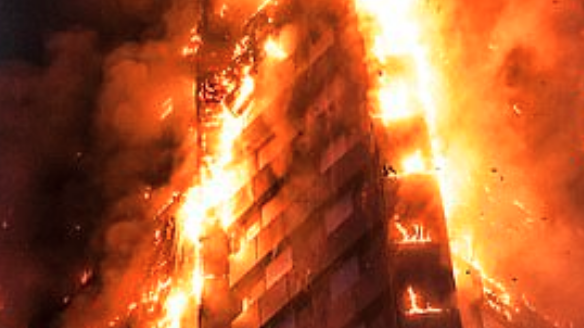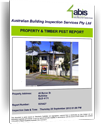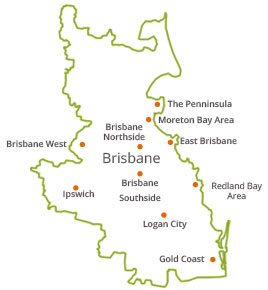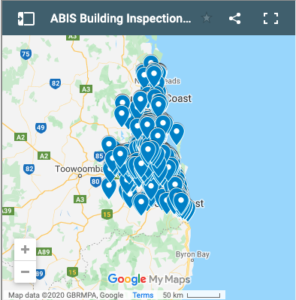
High Rise Building Inspections – Combustible Cladding
Since the tragic Grenfell Tower fire in London there has been a great deal of concern in Australia over the extent of similar fire risk with cladding on high-rise buildings. There are many types of cladding in widespread use on high-rise buildings in Australia and the potentially huge cost of addressing the problem poses a major issue for governments, insurance companies, builders, developers and owners. Understanding the fire risks associated with cladding is far from simple. There are both a large number of cladding products and methods of installation which combined may represent anything from a low risk to a high risk.
The horrific loss of life in the Grenfell Tower fire was a result of a complex interplay between many factors only some of which were the type of cladding and the method of installation. Although the full extent of the problem and its significance is not known, even one life lost to this issue is one too many.
There are many building products in service that will burn. Timber being the most widely used. It is not the flammability of the cladding that is the sole issue but the combination of a flammable product that has been installed in a way that allows one or more of the following:
- A burning panel is able to transfer the fire downwards by becoming fluid and transferring fire by dripping burning polymer to panels below.
- A chimney flue has been created by an uninterrupted space between the cladding and the structure of the building. In a fire this creates an updraft of air feeding the fire, transferring it quickly up the building.
- The combustion pattern of the product and the volatile products released when it is heated.
Because the cladding situation can be so complex, an inspection should be conducted by an appropriately qualified professional to assess risk.
Building Inspectors, Building Certifiers, Building Surveyors and Fire Service Inspectors all require, apart from specialist training, professional indemnity insurance to protect both their clients and themselves. Currently, as the Insurance industry is not covering any professional inspecting for combustible cladding, it is very difficult to find anyone to conduct such inspections.
As a result, owners of high-rise buildings with this cladding are faced with the cost of replacing the cladding without knowing whether or not this is necessary.
For further information see:-
Guideline Access Combustible Buildings




